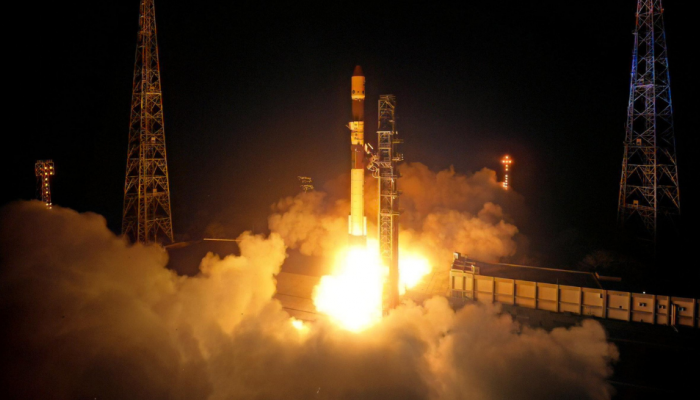SpaDeX: Why ISRO’s Docking Experiment Is A Big Deal For Future Missions | Explained
This capability is essential for future space projects, such as robotic missions and the construction of India’s planned space station, the Bharatiya Antariksh Station.
Trending Photos
) ISRO's PSLV-C60 carrying SpaDeX and its payloads, lifts off from the first launch pad at Satish Dhawan Space Centre, in Sriharikota, Andhra Pradesh (PTI photo)
ISRO's PSLV-C60 carrying SpaDeX and its payloads, lifts off from the first launch pad at Satish Dhawan Space Centre, in Sriharikota, Andhra Pradesh (PTI photo) SpaDeX: The 25-hour countdown for Indian Space Research Organisation’s (ISRO) exciting mission called the Space Docking Experiment (SpaDeX) ended with Sriharikota in Andhra Pradesh witnessing a spectacular sight as the PSLV rocket took off at 10 PM on Monday. The rocket slowly lifted off from the First Launch Pad colouring the night sky bright with the orange flames.
ISRO is set to test India's ability to dock and undock two small satellites in space through the Space Docking Experiment (SpaDeX). The experiment is expected to take place on January 7. But what exactly is space docking, and why is it a big deal for India?
What Is Space Docking?
Docking is a challenging process involving the connection of two spacecraft while they orbit the Earth. Mastering this technology would place India among an elite group of nations—joining the United States, Russia, and China—as the fourth country capable of space docking. A cost-effective technology demonstrator mission for in-space docking would mark a significant achievement in India’s space program.
Dr. S Somanath, Chairman of ISRO, explained the process in an exclusive interview with NDTV. He said, "When you have multiple objects in space that need to be brought together for a specific purpose, a mechanism called docking is required."
He further added, "Docking is the process by which two space objects come together and connect."
Why ISRO’s Space Docking Is A Big Deal
The SpaDeX mission is a significant milestone for India’s space program. Its primary goal is to demonstrate the transfer of electric power between two docked satellites. This capability is essential for future space projects, such as robotic missions and the construction of India’s planned space station, the Bharatiya Antariksh Station (BAS).
Docking technology will play a vital role in simplifying many future missions. For instance, building a space station requires connecting different components in orbit. SpaDeX will provide the expertise needed to achieve this. Similarly, landing spacecraft on the Moon, collecting samples, and conducting other complex tasks will become easier with this technology.
Docking technology will also be used when multiple rockets need to work together for the same mission goals.
Long-term missions to Mars or beyond will demand spacecraft that can be assembled and refueled in space. SpaDeX will equip India with the advanced tools needed for such ambitious projects. It will also enhance the safety of future missions by improving sensors, software, and docking methods.
Mastering docking will place India alongside the United States, Russia, and China—countries that already possess this advanced technology. This achievement will not only strengthen India’s position in global space exploration but also highlight its growing capabilities on the international stage.
SpaDeX’s Docking
ISRO announced that two spacecraft, Spacecraft A (SDX01) and Spacecraft B (SDX02), aboard the PSLV rocket will be placed in an orbit 5 km apart. Over the next 10 to 14 days after lift-off, ISRO scientists will work to bring them closer, aiming for a distance of just 3 meters before attempting to merge them at an altitude of about 470 km above Earth.
Spacecraft A is equipped with a High Resolution Camera, while Spacecraft B carries a Miniature Multispectral Payload and a Radiation Monitor Payload. These instruments will provide high-resolution images, monitor natural resources, and conduct vegetation studies, among other tasks.
The technology developed for this mission is called the ‘Bharatiya Docking System’. It includes a docking mechanism, four sensors for rendezvous and docking, power transfer technology, a new autonomous strategy for docking, and an inter-satellite communication link (ISL) that allows the spacecraft to communicate with each other. The system also has built-in intelligence to monitor the status of the other spacecraft.
Stay informed on all the latest news, real-time breaking news updates, and follow all the important headlines in india news and world News on Zee News.
Live Tv







)
)
)
)
)
)
)
)
)
)
